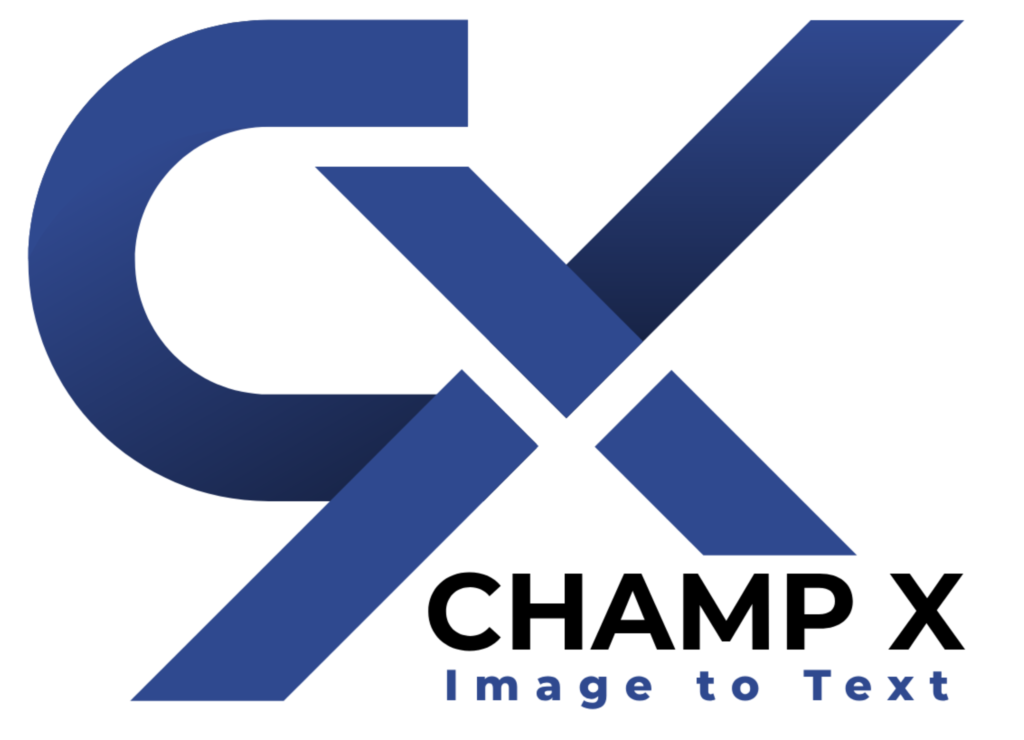Despite the huge benefits that have come with Optical Character Recognition (OCR) technology in the digitization of document management and accessibility, there are still tricky symbols or characters. At ChampX Image to Text, we understand that it is these very subtleties in an image that can actually add up to considerably enhance the utility of our “image to text converter.”
Understanding the OCR Challenge with Special Characters
OCR systems are basically designed to convert the text images into machine-encoded text, including typewritten or handwritten in any case.
It recognizes standard characters with very high accuracy, but special characters, such as mathematical symbols, non-Latin alphabets, and special glyphs, may be problematic at times. These come about typically from very little available training data for these, hence resulting in mistranslation or, worse still, special character omission.
Technological Solutions and Adaptations
To make up for these limitations, modern OCR systems like Tesseract have inbuilt support for the training of new characters or symbols. This training is carried out on a custom dataset that contains the special characters and then reinstalled back into the OCR process. These changes enable character recognition sets such as Latin-2 and Greek to be recognized. These changes enable the better recognition of character sets, which is necessary for special notation or documents written in languages using special alphabets.
Practical Applications and Benefits
Effective inclusion of OCR technology that can properly deal with special characters will revolutionize the operations in each of the industries using such technology from academic research to the management of legal documents, among others. That ensures text conversion for documents in any language with any notation—much more reliable, cutting down on the time spent on corrections and much more than ever ensuring the integrity of data for users of our Image to Text converter.
Future Trends for OCR Technology
Future work on the handling of special characters in OCR technology would, therefore, engage further enhancement of the existing algorithms while at the same time exploring newer machine learning techniques. Herein, deeper learning models will be integrated to have a deeper character recognition, which would be needed for the accurate development of complex documents such as scientific papers or technical manuals.
At ChampX Image to Text, we always ensure that every tool we offer you, including the ‘image to text converter,’ is using the most recent OCR technology to meet the highest standards of accuracy and versatility. What makes OCR technology evolve is developing new expectations versus its growing. We could possibly make this digital conversion of text through all possible ways from better to inclusive.

